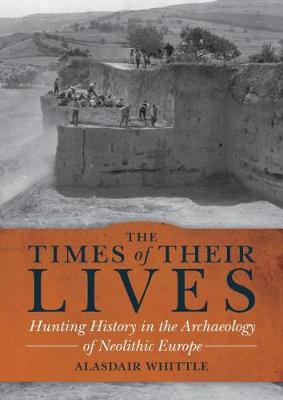Times of their Lives

Times of their Lives
Coming out of a recent major project funded by the European Research Council, and with the experience of Gathering Time (Oxbow Books 2011) also behind it, The Times of their Lives sets out this case. It considers the varying timescales of archaeology, history and anthropology, and the construction of precise chronologies. It examines the reach of precision in a series of case studies across Neolithic Europe to do with big themes of settlement, monumentality and materiality through the sixth to third millennia cal BC. It goes on to consider the implications of much more precise chronologies for narratives of social differentiation and change through the Neolithic sequence, and reflects on how to combine the varying timescales presented by turning points in the long term, by the slow time of daily life, subsistence practices and population growth, and by lifetime and generational developments. It ends by looking ahead to a future archaeology, exploiting the best of archaeological science, which can write precise and detailed narratives for the people of early history. Though focused on the European Neolithic, The Times of their Lives sets a challenge for archaeology as a whole.
PRP: 330.93 Lei
Acesta este Pretul Recomandat de Producator. Pretul de vanzare al produsului este afisat mai jos.
297.84Lei
297.84Lei
330.93 LeiIndisponibil
Descrierea produsului
Coming out of a recent major project funded by the European Research Council, and with the experience of Gathering Time (Oxbow Books 2011) also behind it, The Times of their Lives sets out this case. It considers the varying timescales of archaeology, history and anthropology, and the construction of precise chronologies. It examines the reach of precision in a series of case studies across Neolithic Europe to do with big themes of settlement, monumentality and materiality through the sixth to third millennia cal BC. It goes on to consider the implications of much more precise chronologies for narratives of social differentiation and change through the Neolithic sequence, and reflects on how to combine the varying timescales presented by turning points in the long term, by the slow time of daily life, subsistence practices and population growth, and by lifetime and generational developments. It ends by looking ahead to a future archaeology, exploiting the best of archaeological science, which can write precise and detailed narratives for the people of early history. Though focused on the European Neolithic, The Times of their Lives sets a challenge for archaeology as a whole.
Detaliile produsului









